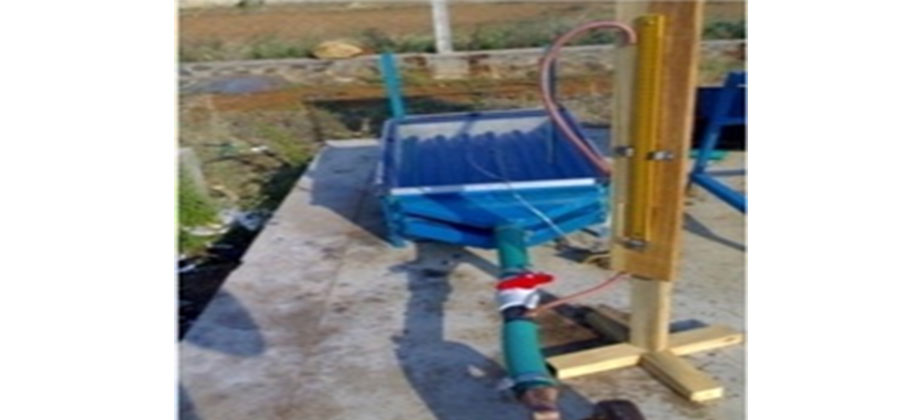


Indian Journal of Science and Technology
Year: 2020, Volume: 13, Issue: 18, Pages: 1803-1810
Original Article
Pranav Mehta1 , Sumit Kumar2∗, Vivek Patel2 , Alpesh Joshi2
1 Assistant Professor, Department of Mechanical Engineering, Dharmsinh Desai University, Nadiad, 387001, Gujarat, India
2 Assistant Professor, Department of Mechanical Engineering, Gujarat Power Engineering and Research Institute, Mehsana, 384460, Gujarat, India
∗Corresponding author:
Sumit Kumar
Assistant Professor, Department of Mechanical Engineering, Gujarat Power Engineering and Research Institute, Mehsana, 384460, Gujarat, India
Email: [email protected]
Received Date:14 May 2020, Accepted Date:19 May 2020, Published Date:14 June 2020
Background: The use of solar air heater in drying has been increasing in recent years, because of their simplicity and economic configuration. Methods: Design and testing of the corrugated solar collector have been carried out in the present study. The overall system was designed and tested at Gujarat Power Engineering and Research Institute, Mehsana, India (GPERI, 23◦31'37.4"N72◦23'14.1"E). Exergetic efficiency, thermal efficiency, and temperature outlet at the same mass flow rate and solar irradiance were the major parameters for the present study. The designed system was tested by varying the mass flow rate of 0.1075, 0.215, and 0.3225 m3 /sec. Findings: It was found that the temperature of the corrugated collector was maximum at 92◦C at solar radiation of 750 W/m2 . Whereas thermal efficiency was found to be 65.10% the same radiation. It was depicted from the tests that the corrugated plate performs more efficiently than a flat plate collector due to surface roughness. Applications: It is a good practice in a region where solar radiation is higher all year to implement this type of arrangement for the utilization of any solar gadget, and to enhance its performance efficiency. Novelty: it can be observed that collector outlet temperature in the semi-arid region of Gujarat was maximum at the minimum collector area. This should be the best design and thermal performance in a semi-arid climate.
Keywords: Solar air heater; Drying; Collector outlet temperature; Exergy analysis
© 2020 Mehta, Kumar, Patel, Joshi. This is an open access article distributed under the terms of the Creative Commons Attribution License, which permits unrestricted use, distribution, and reproduction in any medium, provided the original author and source are credited.
Published By Indian Society for Education and Environment (iSee)
Subscribe now for latest articles and news.